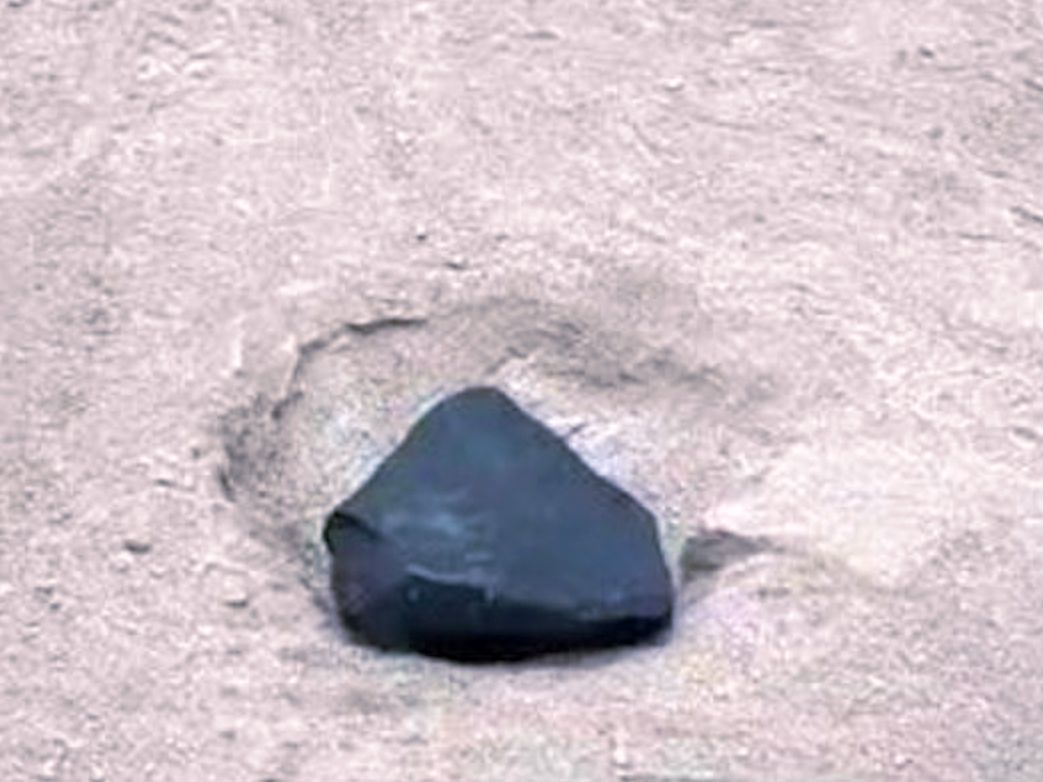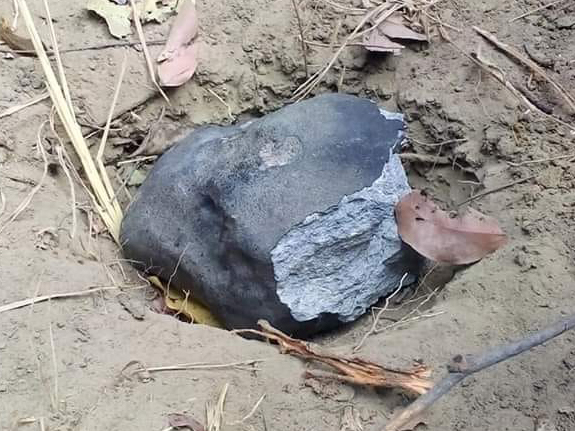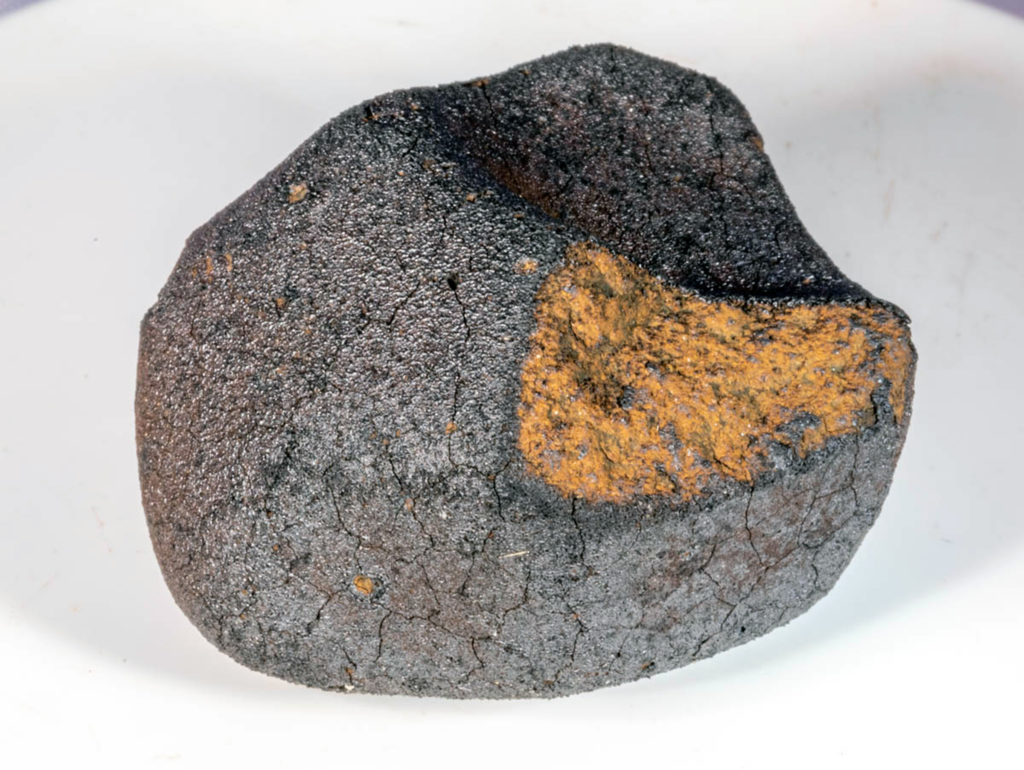Evidence for pre-Noachian granitic rocks on Mars from quartz in meteorite NWA 7533
V. Malarewicz, O. Beyssac, B. Zanda, J. Marin-Carbonne, H. Leroux, D. Rubatto, A. S. Bouvier, D. Deldicque, S. Pont, S. Bernard, E. Bloch, S. Bouley, M. Humayun & R. H. Hewins
Nature Geoscience, Published: 21 February 2025
“The surface of Mars has long been seen as a basaltic, monotonous world, but observations in the past decade have revealed more petrological diversity. Orbital and in situ rover investigations show that Mars developed a silica-rich crust early in its history. This is supported by studies of the Martian regolith breccia Northwest Africa (NWA) 7533 (and paired meteorites). When and to what extent rocks on Mars differentiated, and which geodynamical process could lead to this evolution, is still unclear. Here we use petrology and in situ geochemical analyses to document the presence of quartz in lithic clasts of NWA 7533. The clasts have a granitic composition with a mineral assemblage dominated by quartz, potassium feldspar and plagioclase. Such quartz-bearing clasts are the most evolved silicic rocks yet recognized among differentiated Martian lithologies. These clasts suggest the likely existence of pre-Noachian granitic rocks on Mars that formed in the presence of water. In bulk composition they resemble the oldest terrestrial rocks (Acasta gneisses, Canada) and also rocks from the large Sudbury impact structure. Therefore, we suggest that the combined action of hydrothermal activity and impact melting could have triggered the formation of granitic rocks and evolved crust on early Mars and Earth.”
































